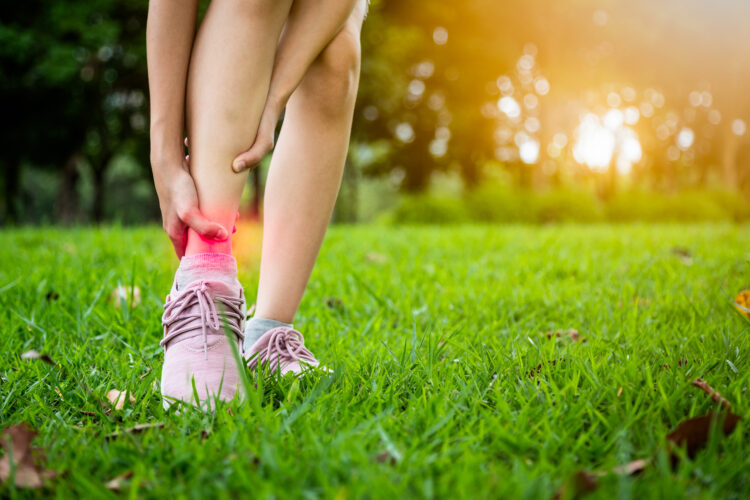
Sever’s Disease is one of the most common overuse injuries in the young athlete that we will see as Physiotherapists. It can be a largely debilitating injury that can progressively worsen over time, leading to some catastrophic results if not treated and managed correctly. Having been that young athlete myself, it has become a passion of mine to be able to help adolescent athletes manage and recover from these sorts of injuries and conditions.
What is Sever’s?
Sever’s (or more formally known as Calcaneal Apophysitis) is an irritation of the growth plate in the back of the heel. These growth plates are made of cartilage, allowing the growth spurts to occur in children. However, these are also the areas that are more vulnerable to injury.
Why does Sever’s occur?
As mentioned previously, Sever’s is one of the most common overuse injuries in the young athlete. The irritation of the growth plate occurs as a result of the Achilles tendon tightening up, and thus constantly pulling on this growth plate. Over time, the repetitive pulling on the growth plate can lead to the pain and inflammation that is commonly seen in Sever’s.
Risk Factors of Sever’s
The incidence of Sever’s is rising as a result of a number of factors. The main risk factors for developing Sever’s disease include:
- Children specialising in a particular sport at a younger age – these young athletes are often training in this sport for most of the year. The repetitive training and training loads are a major risk factor for developing Sever’s
- Choice of sport – running based sports which require lots of power and jumping (for example soccer, basketball, athletics, gymnastics etc.) place a major load through the Achilles tendon and the heel.
- Wearing poor, unsupportive shoes when exercising
- Age – Sever’s disease can occur from the ages of 7-14. In boys, it is most commonly seen at the ages of 12-13, and in girls at the ages of 11-12.
How is Sever’s Treated?
Thankfully, Sever’s disease is not a condition that requires surgery. Sever’s Disease tends to resolve on its own as your child continues to grow into their body and as their growth plates in their heel close. To generalise, management of Sever’s Disease include:
- Rest/periods of inactivity (guided by pain) – if your child is limping during sport, that’s a good indication that it is time to rest
- Achilles/calf muscle stretching and strengthening
- Icing before and after sport/physical activity
- Use of orthotics for more severe cases
I’m concerned my child has Sever’s, what do I do?
If you are concerned your child is developing Sever’s disease, you should seek an immediate consultation with a Physiotherapist. If Sever’s goes unchecked, the pain your child is experiencing can continue to worsen, which can even lead to an avulsion fracture in the absolute worst case!
Oliver Meroni is a Physiotherapist at our Kingsford and Rozelle clinics. He can be contacted on 8354 1534.

